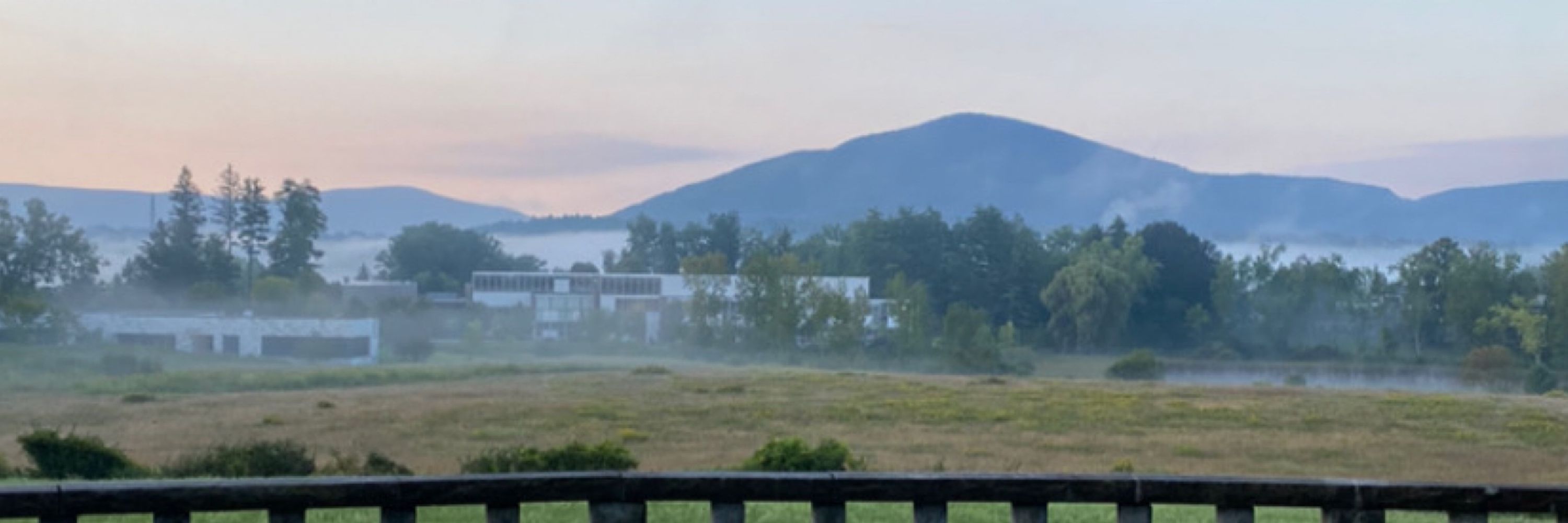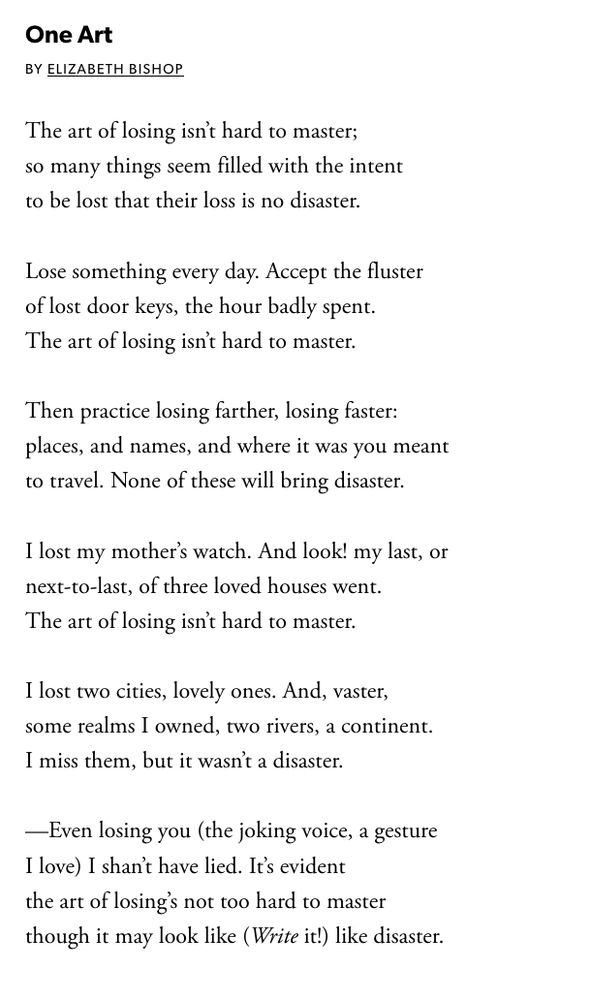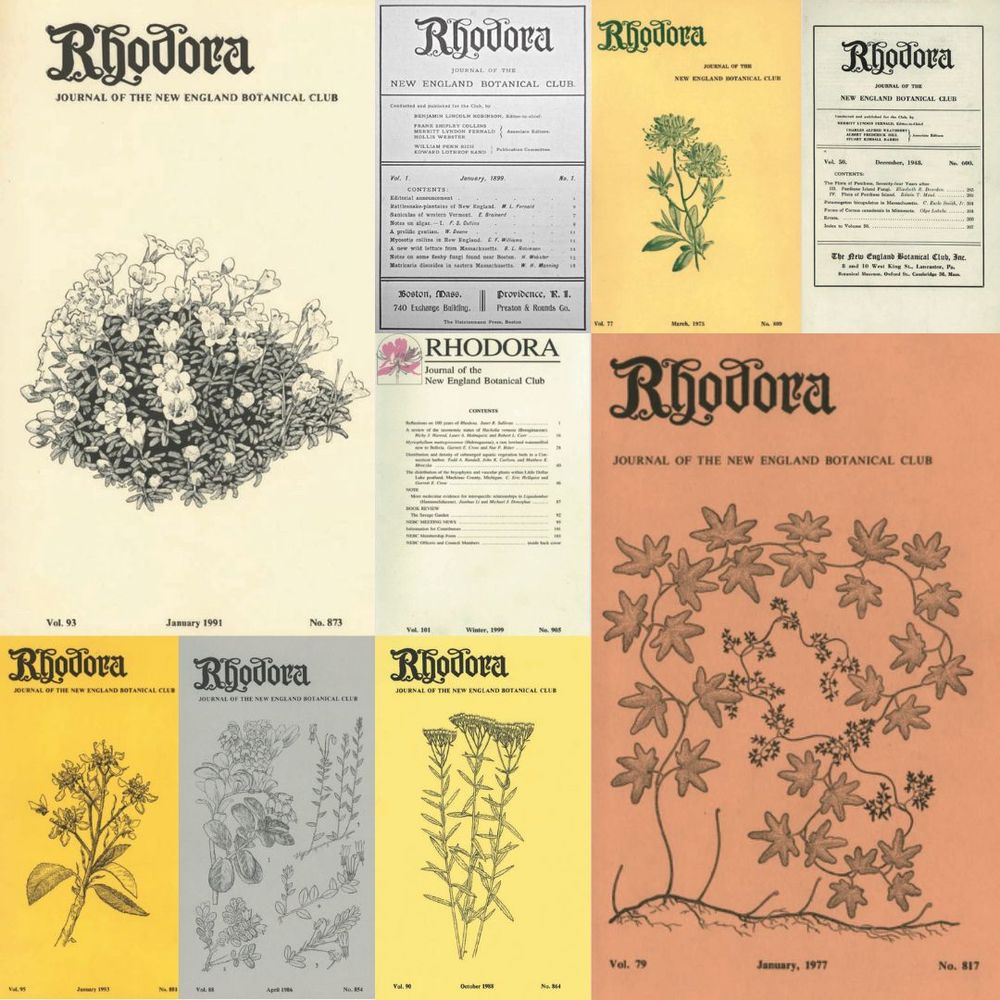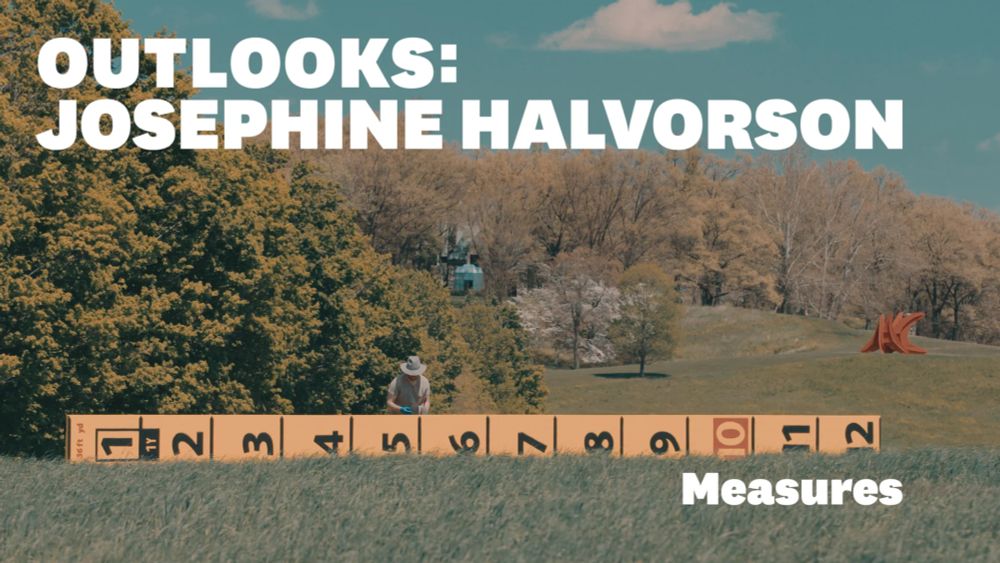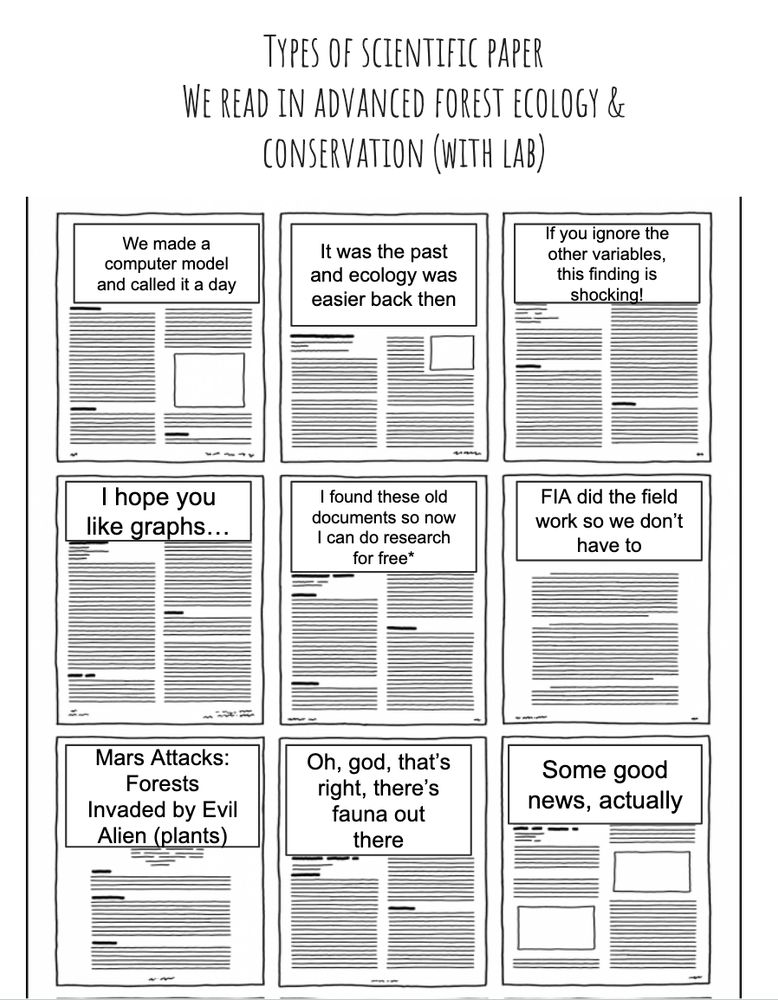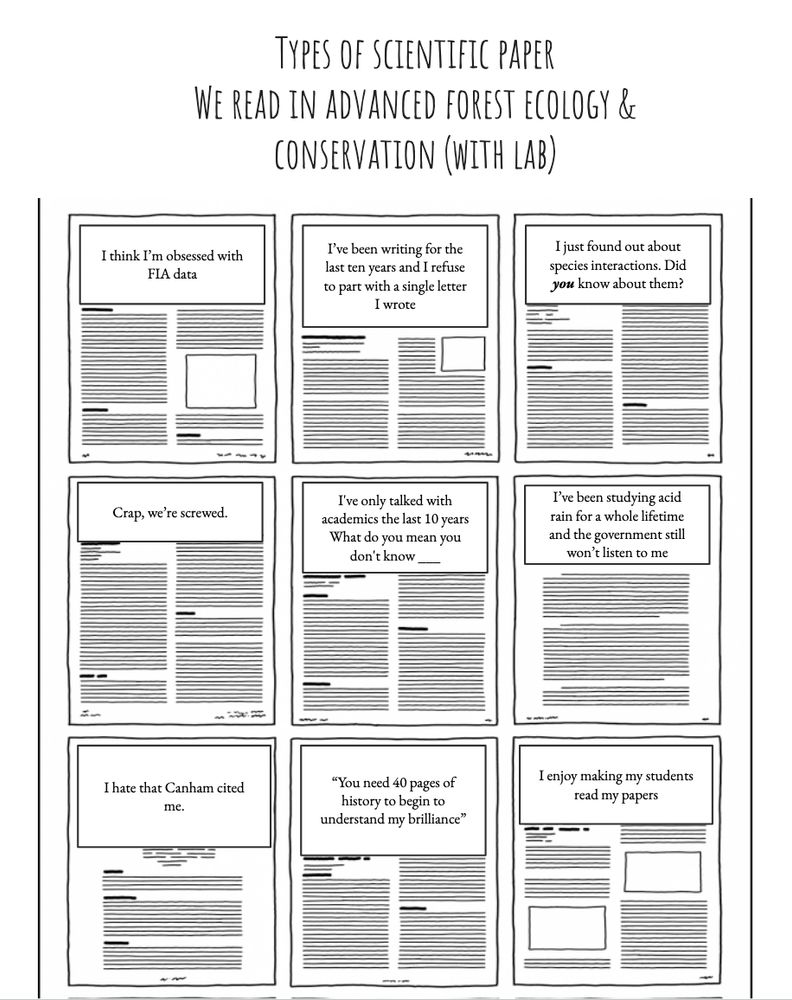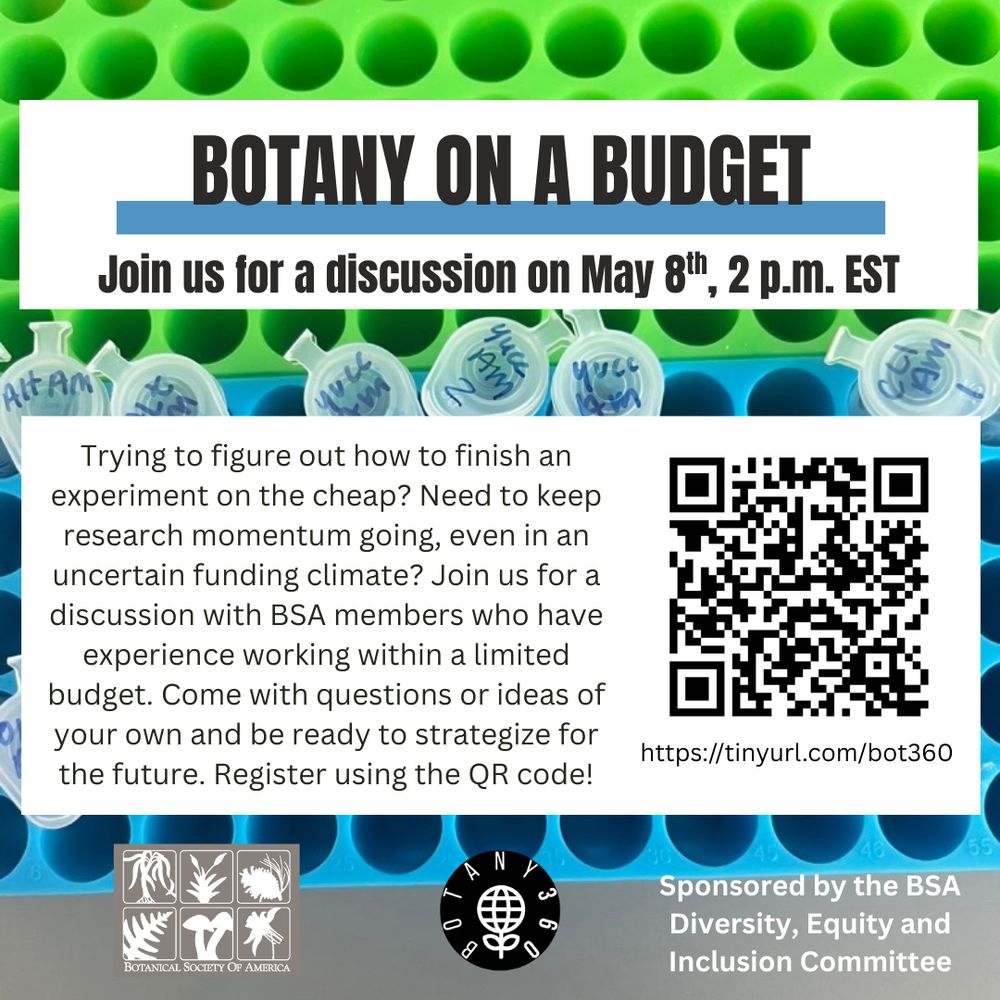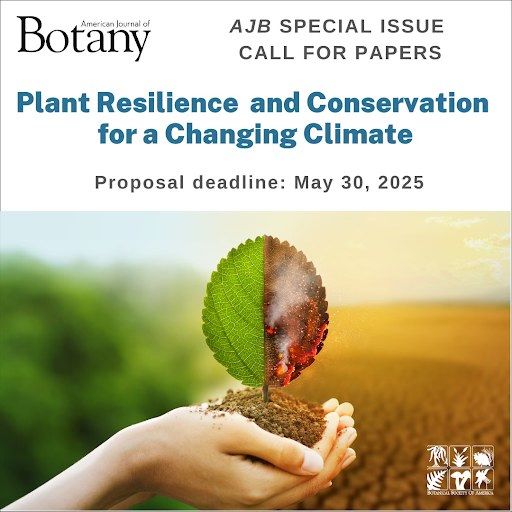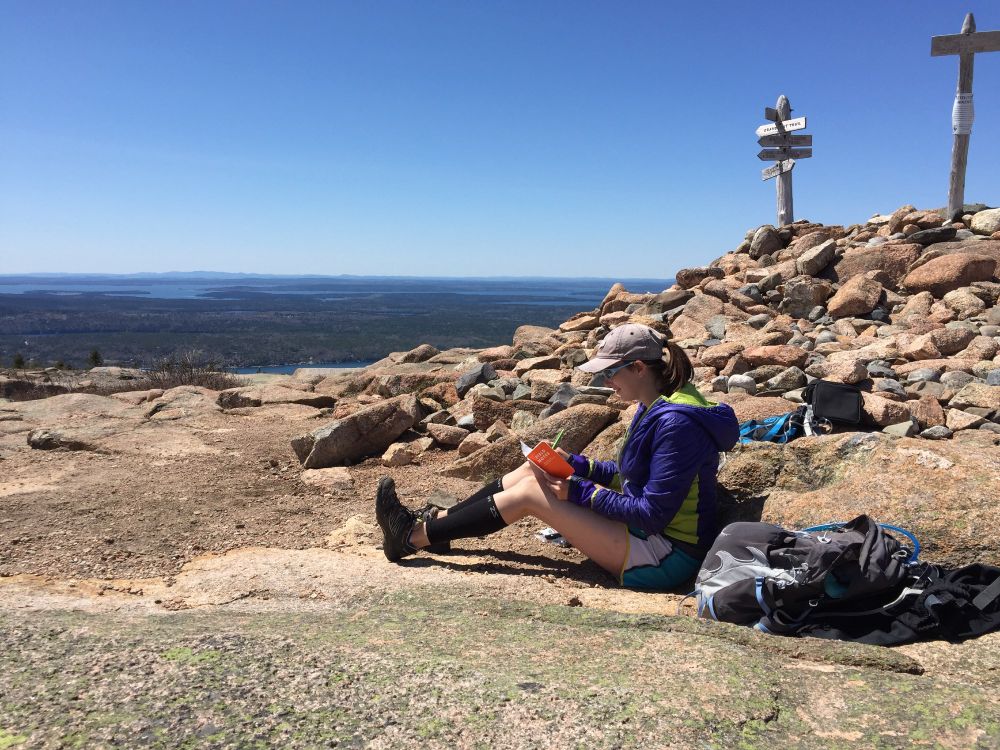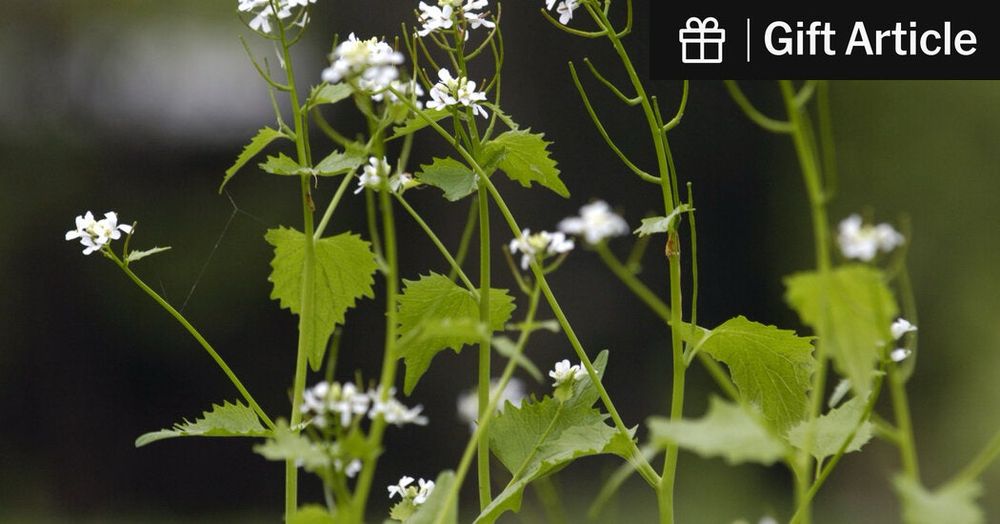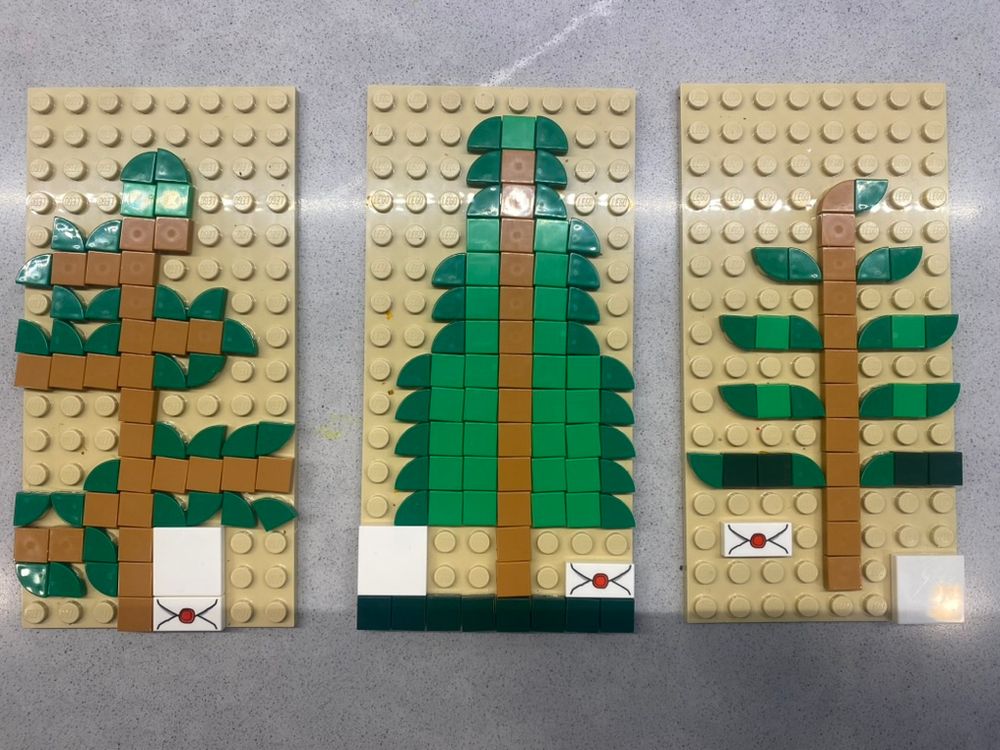Caitlin MacKenzie
@cmacmtns.bsky.social
2.7K followers
680 following
290 posts
Plant ecologist, lover of tiny alpine communities on small mountains, faculty at Bennington College, Plant Love Stories co-founder, she/her
Posts
Media
Videos
Starter Packs
Reposted by Caitlin MacKenzie
Caitlin MacKenzie
@cmacmtns.bsky.social
· May 24
Caitlin MacKenzie
@cmacmtns.bsky.social
· May 12
Reposted by Caitlin MacKenzie
Reposted by Caitlin MacKenzie
Reposted by Caitlin MacKenzie
Reposted by Caitlin MacKenzie
Amy Parachnowitsch
@evoecoamy.bsky.social
· Apr 30
Reposted by Caitlin MacKenzie
Seema Sheth
@seemasheth.bsky.social
· Apr 28
Temporary Plant Ecology Field Technician
The Sheth evolutionary ecology lab in the Department of Plant and Microbial Biology at North Carolina State University (Raleigh, North Carolina; USA) and the Angert Lab in the Departments of Botany an...
jobs.ncsu.edu
Caitlin MacKenzie
@cmacmtns.bsky.social
· Apr 28
Reposted by Caitlin MacKenzie
David Toews
@davetoews.bsky.social
· Apr 15
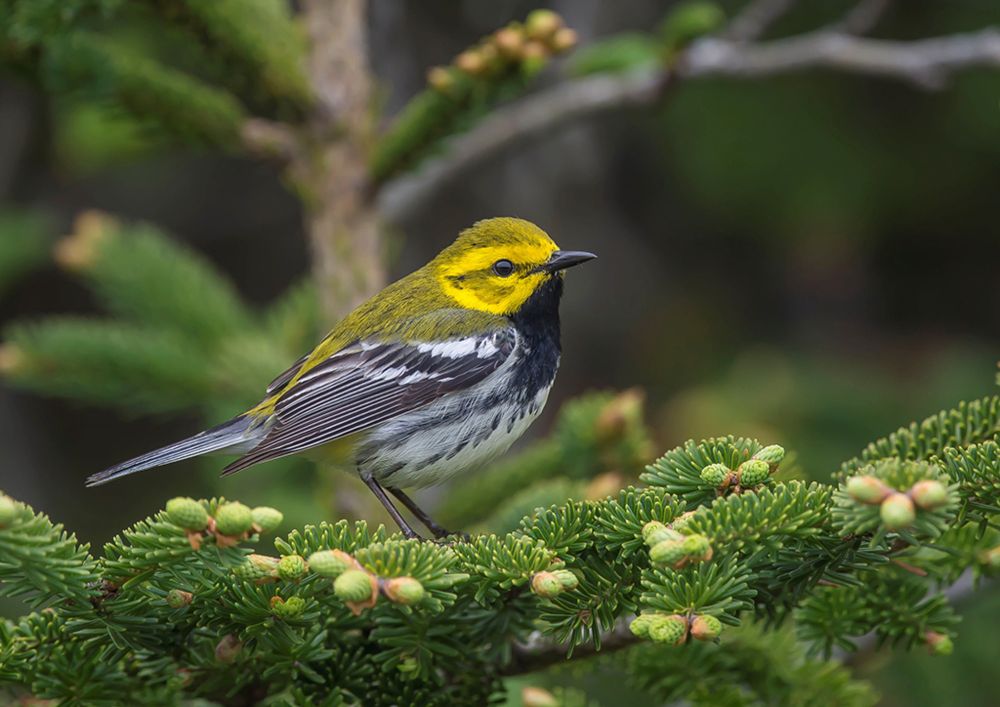
Reassessing niche partitioning in MacArthur’s warblers: foraging behaviour, morphology and diet differentiation in a phylogenetic context | Biology Letters
Owing in large part to Robert MacArthur’s classic research, wood warblers in the family
Parulidae are textbook exemplars of species competition and niche partitioning. Conventional
wisdom suggests tha...
royalsocietypublishing.org
Caitlin MacKenzie
@cmacmtns.bsky.social
· Apr 16
Caitlin MacKenzie
@cmacmtns.bsky.social
· Apr 16
Caitlin MacKenzie
@cmacmtns.bsky.social
· Apr 16
Caitlin MacKenzie
@cmacmtns.bsky.social
· Apr 16
Caitlin MacKenzie
@cmacmtns.bsky.social
· Apr 14
Caitlin MacKenzie
@cmacmtns.bsky.social
· Apr 14
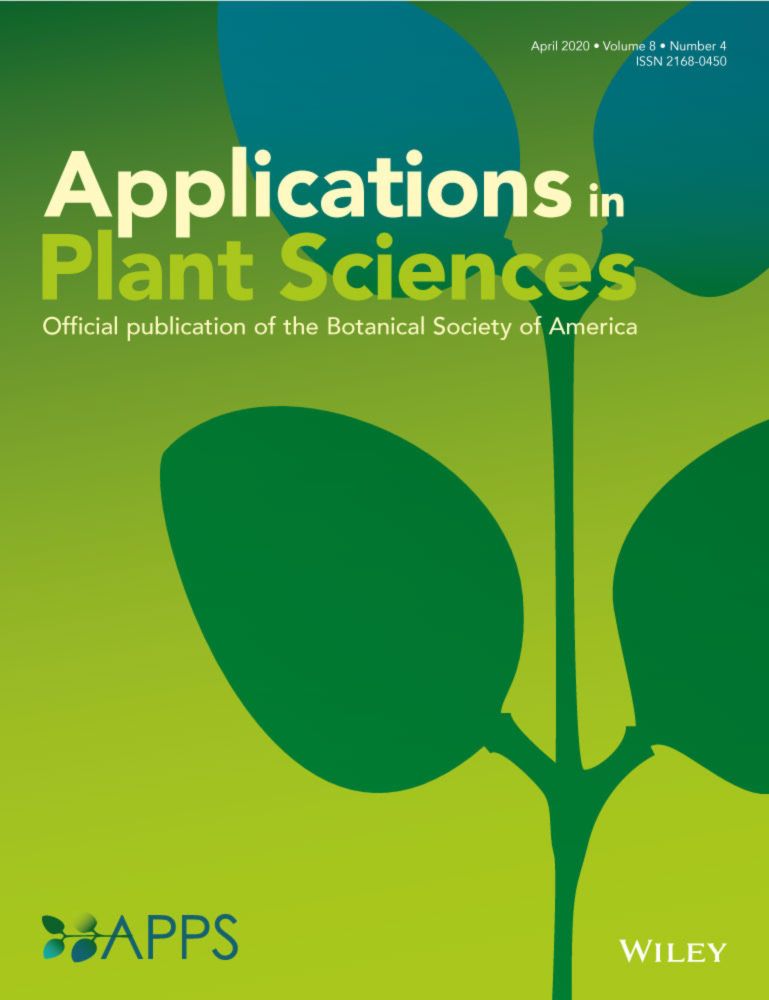
Low‐cost observations and experiments return a high value in plant phenology research
Plant ecologists in the Anthropocene are tasked with documenting, interpreting, and predicting how plants respond to environmental change. Phenology, the timing of seasonal biological events includin...
bsapubs.onlinelibrary.wiley.com
